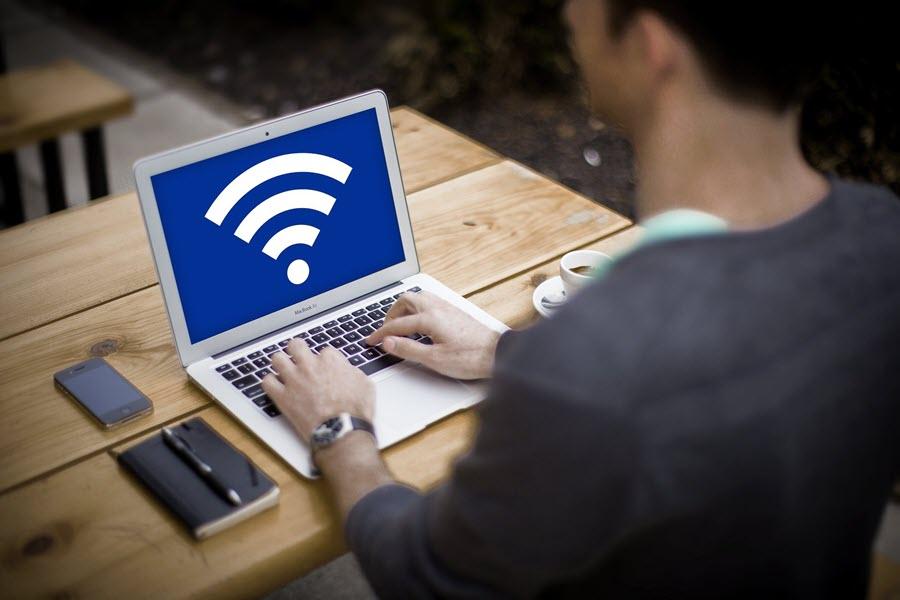After the corona pandemic, most organizations have started practicing work-from-home patterns. Considering its benefits, most people are now approaching companies allowing them to work from home.
With more people following this practice, there is a rising requirement to back up internet networks.

Let’s understand the significance of a backup internet connection and what to do to have it.
Page Navigation
Why You Need to Back Up Internet Connection
When working from home, it is important to have a proper backup internet plan. It will help in quick internet access when connectivity goes offline. When you can’t upload a page, implementing troubleshooting tips explained in online tutorials to fix WiFi issues can help.
After resolving the issue, you will get back online. In the process of resolving the issue, you might lose internet access for your clients or staff. It can result in loss of reduced efficiency and productivity. At that time, backup internet connectivity comes in handy.
Also Read: What Can I Substitute For Cable?
Basic Backup Internet Connection Requirements
There are multiple requirements that employees must keep into consideration for backing up internet connection. Path diversity helps in ensuring that primary and backup connections work over individual physical paths. And then get points to the web.
All backup connection options cost much for the setup and mostly come with expensive monthly charges. So, do a thorough review of available options to choose the most suitable one. You might also want a mobile contract for the connection, irrespective of the option.
Other Backup Internet Connection Requirements

Make sure the connection meets the minimum performance requirements, latency requirements, and speed. Any incompatibility can make backup internet installation worthless. If possible, create secondary links on individual backup power.
Automatic failover is essential so that failover to secondary links becomes an automated process. Also, set visibility into the strength of backup links. It will assist in centrally monitoring and managing them. Ignoring this can make a failure of backup links unnoticed.
Tethering
When you lose an internet connection, use your mobile phone and tether it to use it as a WiFi hotspot. Tethering can cost you high based on your mobile phone plan. Also, note that only a certain number of connections will be allowed for tethering.
For a simple tether, configure your device to connect easily to the wireless hotspot. Try creating a phone hotspot with a unique name for home WiFi to avoid conflict. Turn off the phone’s WiFi hotspot when the home internet is back online.
Multiple Tethers
When multiple devices are connected to the same network at a certain time, use multiple tethering. For a multiple-tether configuration, turn off your WiFi device and connect each phone in varying sections.
Configure all to have a tether with a configuration and name similar to the home WiFi hotspot. To come back to the original configuration, turn off the WiFi hotspot on your phone and turn on the WiFi device.
Distinct Mobile Router
To back up internet connection at your home, add a mobile router to your network. For this, you can employ a separate mobile router. This method includes constant use of the main router and ISP.
Alongside this, it also adds a mobile router that can be used in urgency when the main web connection fails. The backup router must support WiFi. It works as a WAP. It may also consist of Ethernet ports to easily connect it to the main router through an Ethernet cable.
Router Supporting Mobile Internet
Nowadays, many modern routers provide support for two internet connections. Also, several ISPs (internet service providers) have started providing this as a service. The connection where the main router is the backup router is the best setup.
In this setup, there is no need for additional client configuration. It will help in ensuring that all customers are getting support. Whenever the main web connection fails, the router will move automatically to the cellular (mobile) network.
Backup Routers

When you use backup routers with just WiFi, connect the wireless devices to the backup WAP when the network fails. The backup router is configured to give DHCP. You can use a tablet or mobile phone configured as WAP for your backup router.
You can also use the backup router connected to the main router through an Ethernet cable. But, in this case, DHCP is not provided. Clients will initially connect to the main router when the internet fails. Then, it would connect to the backup router.
Also Read: A Deep Down Detail About – Unblocked Games
The Conclusion
For employees working from their homes, secure internet access and consistent connectivity are highly significant. Losing internet connectivity during meetings or while performing tasks can result in reduced productivity and business disruptions.
So, while designing secure backup internet connections at your home, consider the above-described ideas. Select the best method based on your requirements. To get the utmost in-home access reliability, ensure connections should be operational.